For generations the coral reefs and bays of Kaloko-Honokōhau National Historical Park on the western shore of Hawai‘i Island have been and continue to be, used for fishing and traditional aquaculture. The park protects cultural legacies such as two fishponds and a fish trap built by Hawaiians many generations ago. Brackish water ecosystems called anchialine pools dot the lava fields, and coral reefs lie just off the shoreline.
View weather conditions at Kaloko-Honokōhau National Historical Park.
What's Monitored Here
-
 Anchialine Pools
Anchialine PoolsAnchialine pools provide critical habitat for rare invertebrate species including shrimp, snails, and damselflies
-
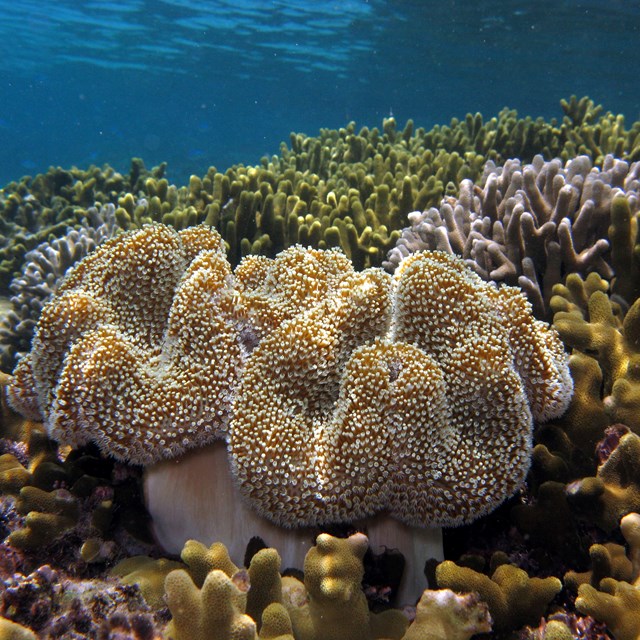 Benthic Marine Communities
Benthic Marine CommunitiesFour parks within the Pacific Island Network contain rich benthic marine communities that are home to algae, corals, and other invertebrates
-
 Early Detection of Invasive Plants
Early Detection of Invasive PlantsEarly detection of invasive plant species is a key component in helping to curtail the spread of noxious weeds into surrounding areas
-
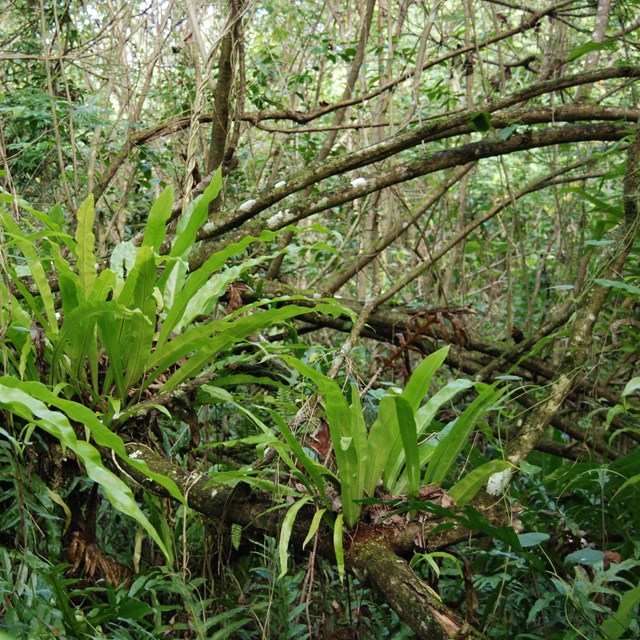 Focal Terrestrial Plant Communities
Focal Terrestrial Plant CommunitiesLong-term vegetation monitoring helps us determine plant community health, ecosystem stability, and the effectiveness of management
-
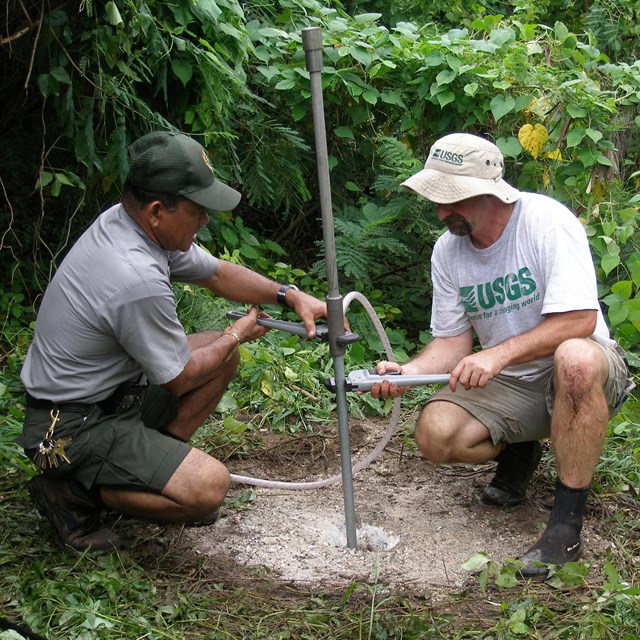 Groundwater Dynamics
Groundwater DynamicsIn many Pacific islands, groundwater is the primary source of water for ecologically significant and often rare habitats
-
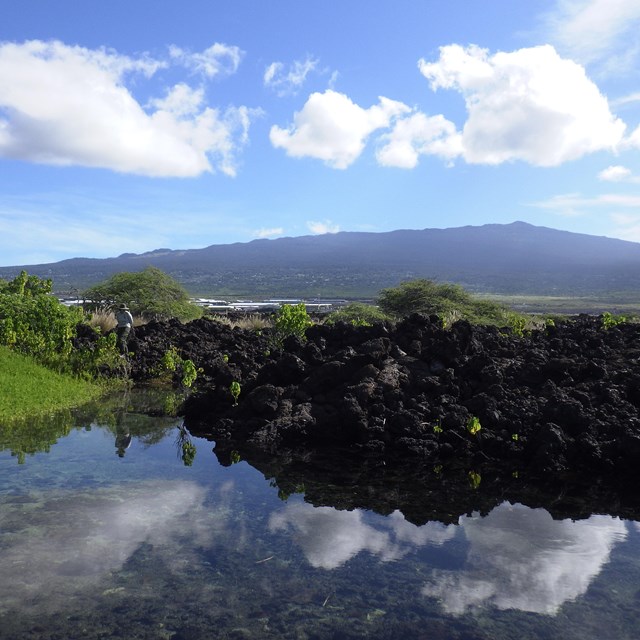 Landscape Dynamics
Landscape DynamicsLandscape dynamics monitoring in parks provides information on land use and land cover change
-
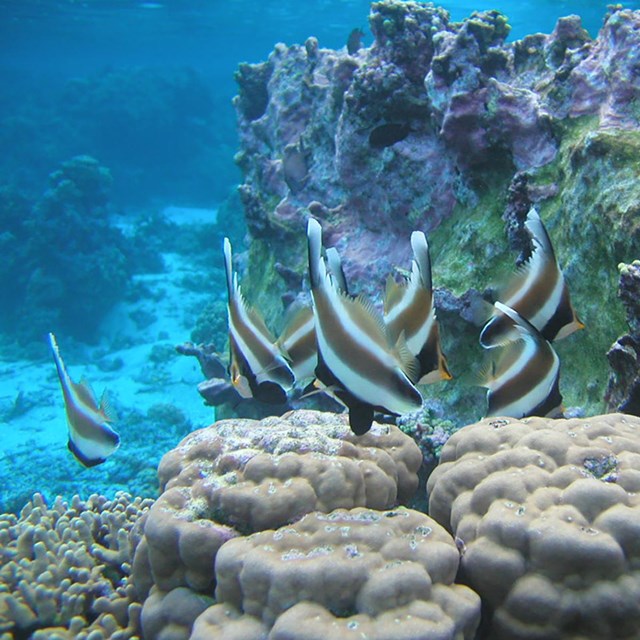 Marine Fish Communities
Marine Fish CommunitiesMarine fish are a major component of coral reef ecosystems and serve many ecological functions
-
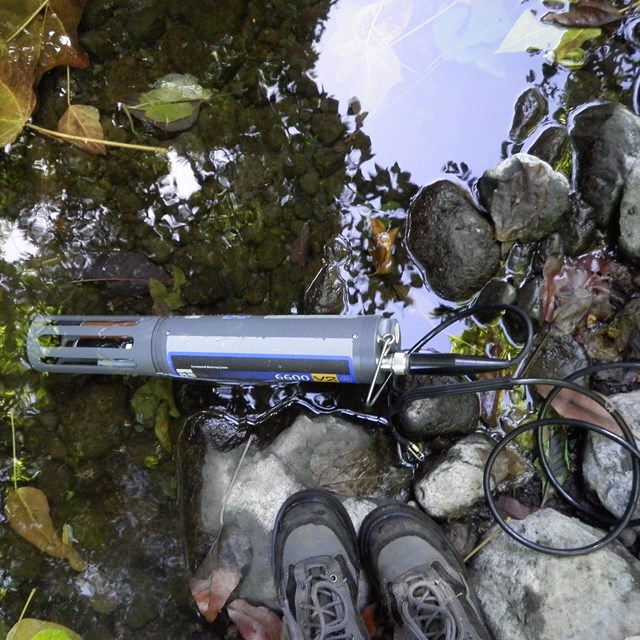 Water Quality - Fresh & Brackish
Water Quality - Fresh & BrackishFresh and brackish water quality monitoring occurs in places like streams and anchialine pools
-
 Water Quality - Marine
Water Quality - MarineThe quality of surface waters, marine waters, and groundwater is fundamental to the ecosystems across the Pacific islands

PACN I&M Inventory and Monitoring Reports, Protocols, and Articles from Kaloko-Honokōhau National Historical Park

Reports, data, and other published studies pertaining to the natural and cultural resources at Kaloko-Honokōhau National Historical Park

Discovering species in our parks
Last updated: September 12, 2024

